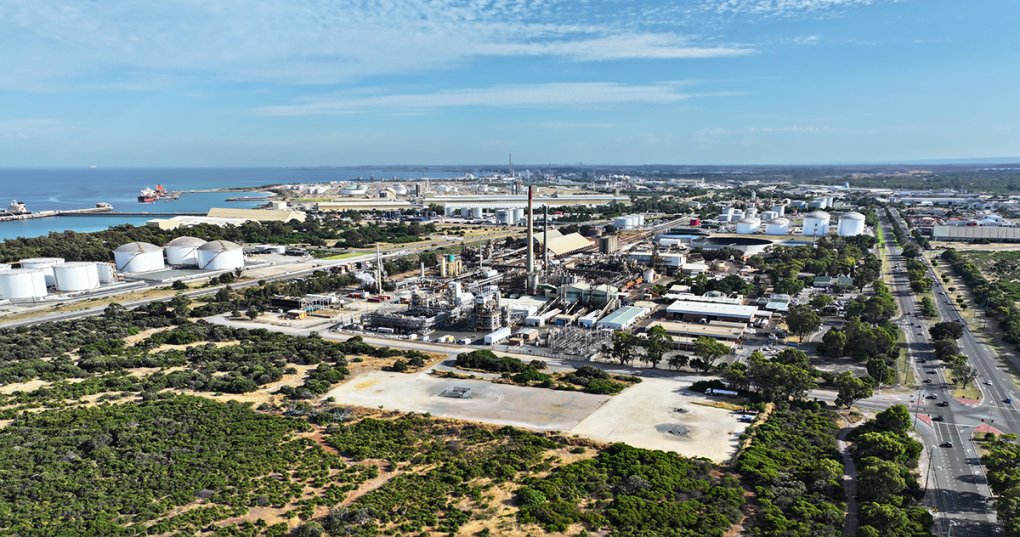Decarbonisation update - Project NeoSmelt
At BlueScope, we’re committed to actively addressing climate change and investing in greenhouse gas emissions reduction to transform our organisation for long-term success. In the near to mid-term, we’re optimising current operating assets across our portfolio. For the longer term, we’re exploring and collaborating to pursue emerging technologies as we work towards our 2050 net zero goal.1
Decarbonisation in the iron and steel industry will require a range of perspectives, expertise, and partnerships across our value chain. We have formed numerous partnerships with industry leaders to support this process.
Partners, location and next steps
NeoSmelt is a joint venture of leading resources, energy and manufacturing companies working together on ways to produce lower-emissions steel2 from Pilbara iron ore. Founded by BlueScope, BHP and Rio Tinto, the consortium has welcomed Woodside Energy and Mitsui Iron Ore Development as new equity participants, with all five partners holding equal stakes.
This groundbreaking project aims to test the technology for producing iron without the need for traditional blast furnaces, bringing the joint venture partners together to try to accelerate the decarbonisation of steelmaking.
The consortium plans to develop Australia’s largest ironmaking electric smelting furnace3 (ESF) pilot plant at the Kwinana Industrial Area, south of Perth. NeoSmelt has secured an A$19.8 million commitment from the Australian Renewable Energy Agency (ARENA) to support the Front-End Engineering Design (FEED) study.
The pilot aims to demonstrate that direct reduced iron (DRI) produced from Pilbara iron ore can be processed into iron suitable for steelmaking in an ESF. If successful, the DRI-ESF process could provide a feasible pathway towards lower-emissions iron and steelmaking for the global steel industry, including at BlueScope’s Port Kembla Steelworks. BlueScope, as the project manager, would build, test and operate the pilot plant, leveraging our deep iron and steelmaking experience at Port Kembla and our unique capability as the operator of the world’s only electric smelting furnace processing Direct Reduced Iron (DRI) in New Zealand.
The project is currently in the feasibility stage, with a final investment decision expected in 2026. If approved, the pilot facility is planned to be operational in 2028 and expected to produce 30,000 to 40,000 tonnes of molten iron per year.

Why is it important to decarbonise iron and steel production?
Iron and steel production
- Steel is the world’s most widely used metal, forming the backbone of infrastructure, transport, and construction. It also plays a key role in the global transition toward decarbonisation.
- Iron and steel manufacturing is responsible for about 8% of global CO2 emissions.
- Traditional steelmaking processes rely on metallurgical coal and blast furnaces.
Why NeoSmelt?
- For Pilbara iron ore, a promising lower-emissions steelmaking approach would involve direct reduced iron (DRI) with an electric smelting furnace (ESF).
- The NeoSmelt pilot plant aims to test and optimise iron production using the ESF - a type of furnace being developed by leading steel producers and technology companies targeting lower-emissions3 intensity steel.
- Estimates show reductions of up to 80 per cent in CO2 emission intensity are potentially achievable when processing Pilbara iron ore through a DRI-ESF pathway, compared with the current industry average for the conventional blast furnace steel route.
Further information
- Read BlueScope’s news release - NeoSmelt welcomes Federal Government support and two new partners
- Watch video - Electric Smelting Furnace (ESF): a Bridge to Low-emissions Ironmaking